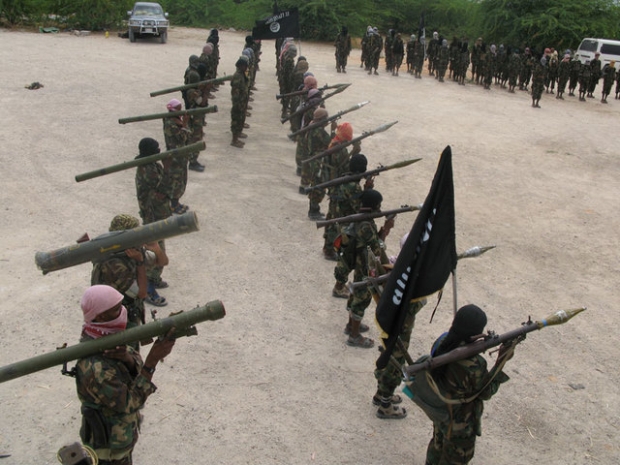The technology has been a feature of anti-aircraft missiles with the unfortunate name Man-Portable Air-Defense Systems (MANPADS),
Dutch researcher Jos Wetzels told a cybersecurity conference in Leipzig, Germany on Saturday. Wetzels said the system was laid out in a batch of CIA documents published by WikiLeaks in 2017 but that the files were mislabeled and attracted little public attention until now.
For example, Stinger MANPADS supplied by the United States are credited with helping mujahedeen rebels drive Soviet forces out of Afghanistan in a conflict that spanned the 1980s and 1990s. But US officials have since spent billions of dollars to clear the missiles from the country - and from other conflict zones around the world.
Wetzels said it was unclear whether the CIA’s design ever left the drawing board or where it was meant to have been deployed, but he noted that the apparent period of development in the documents’ metadata - 2014 to 2015 - roughly coincided with media reports about the deployment of MANPADS to rebels in Syria. Geofencing might have been seen as a way of ensuring the missiles were used on the Syrian battlefield and nowhere else, he said.




